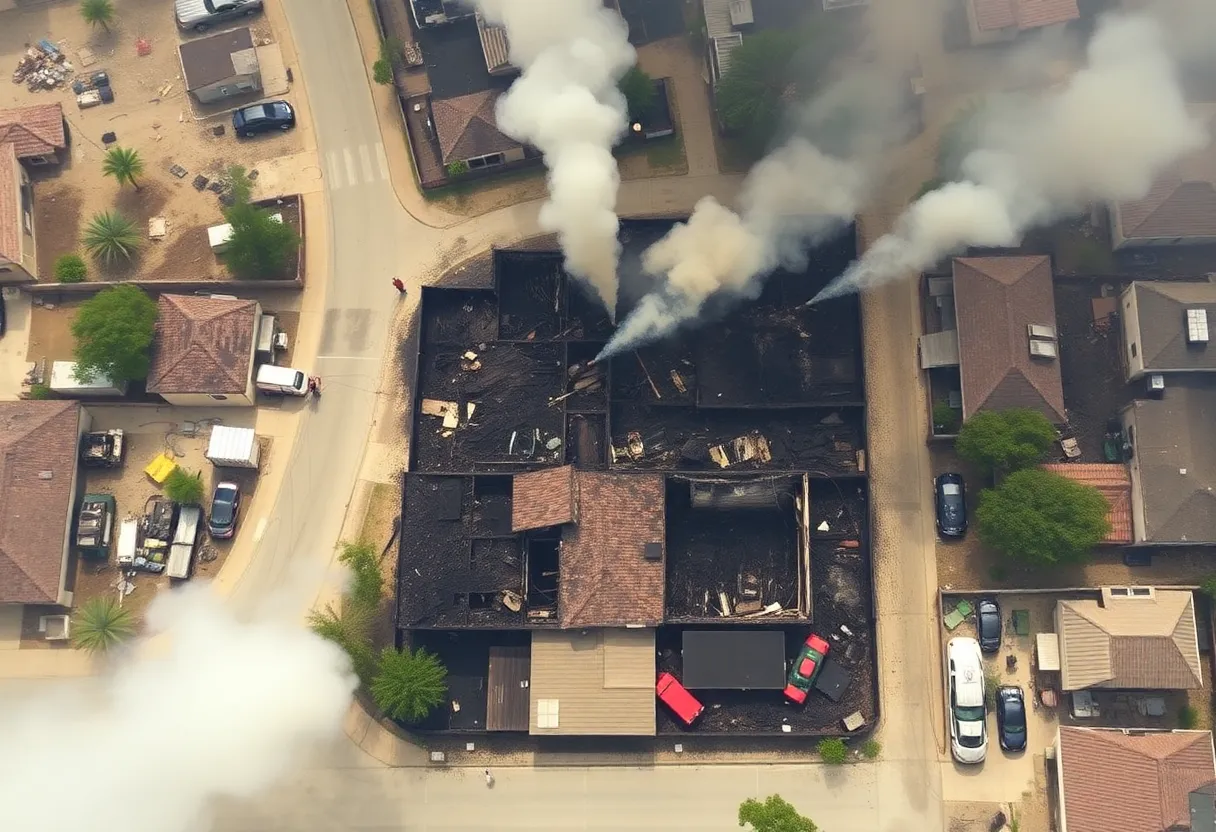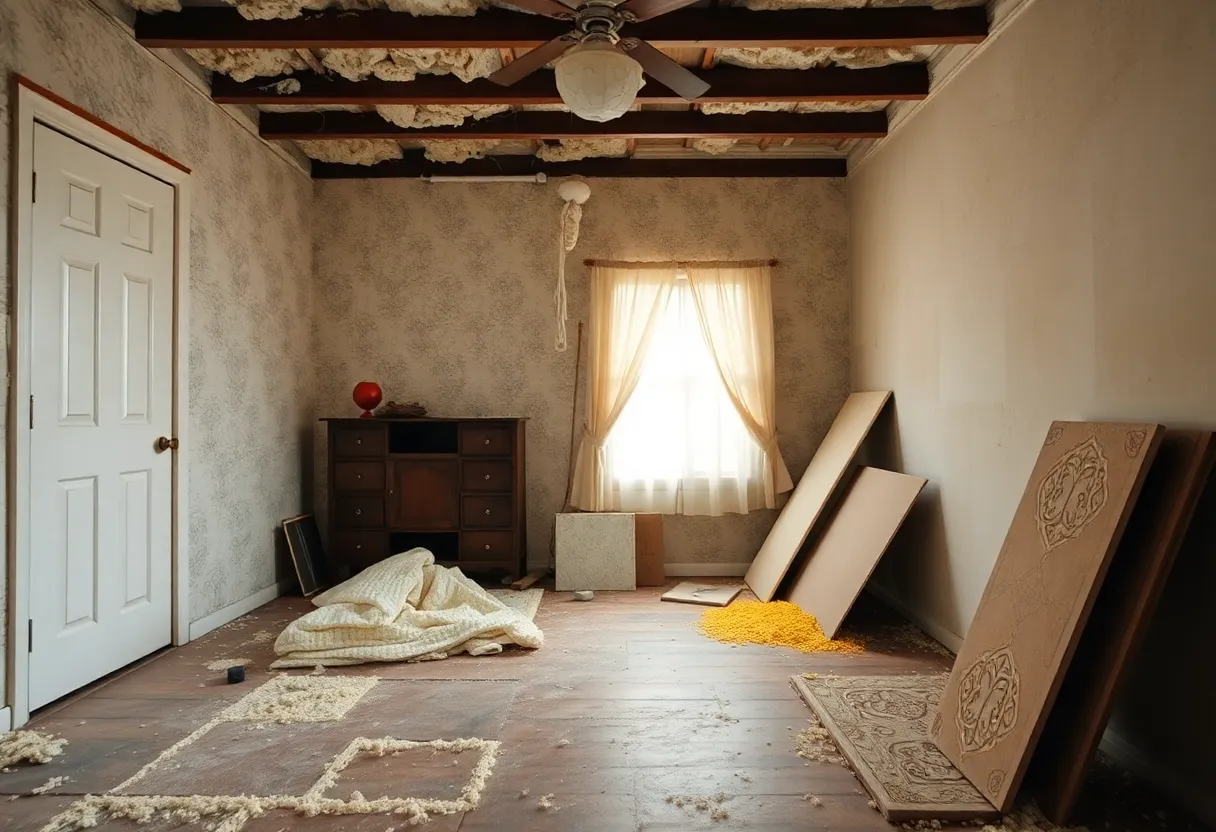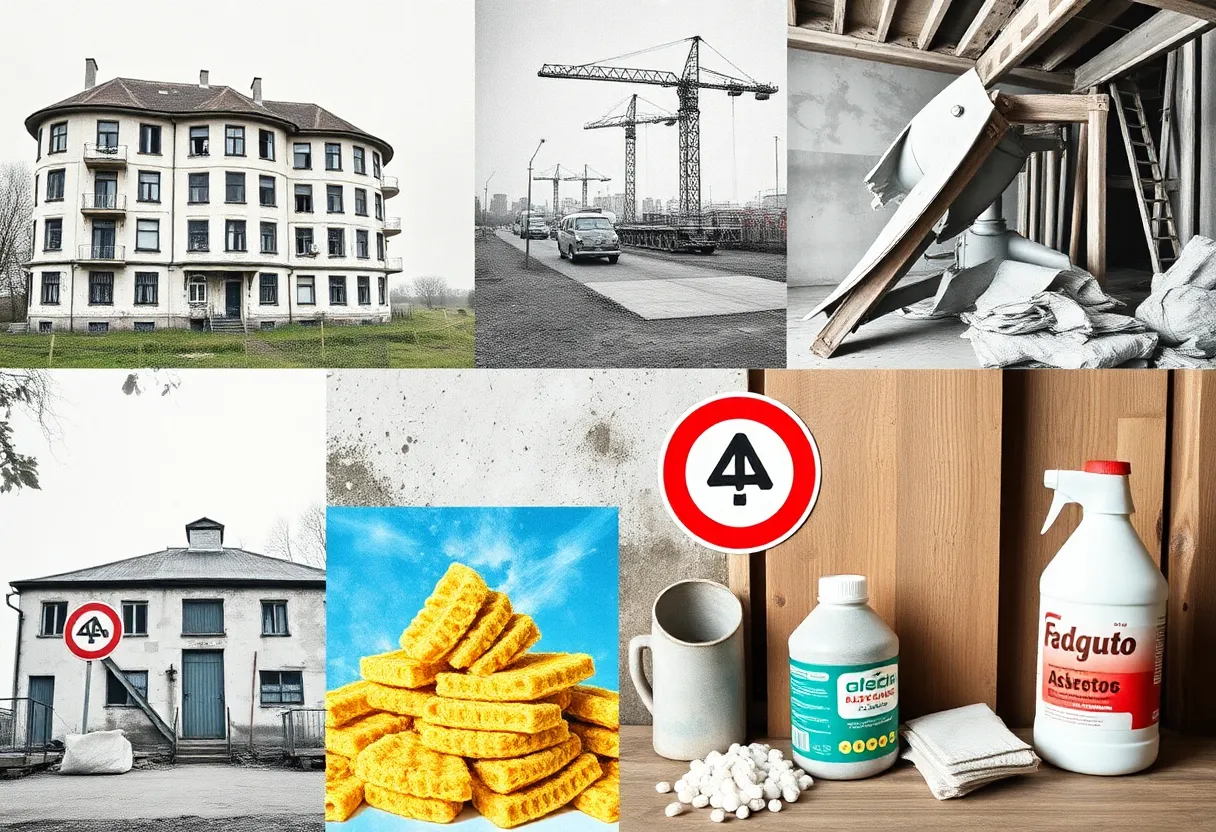News Summary
As wildfires continue to devastate Los Angeles, new concerns arise over asbestos exposure during cleanup. Structures built before the 1980s may contain harmful asbestos fibers, necessitating strict compliance with cleanup regulations to protect public health. The South Coast Air Quality Management District enforces Rule 1403, requiring thorough inspections and tailored abatement plans. Non-compliance could lead to hefty fines and health risks, including mesothelioma. Awareness and adherence to guidelines are critical for safeguarding residents and preventing future illnesses.
Los Angeles Wildfires Ignite New Asbestos Concerns Amid Cleanup Efforts
As the devastating wildfires rage through Los Angeles, the looming shadows of mesothelioma and other asbestos-related diseases are emerging from the ashes. Although the catastrophic fires have claimed properties and lives, the cleanup process is giving rise to a different kind of peril. Buildings constructed before the 1980s are particularly concerning, as they often contain materials laden with carcinogenic asbestos fibers.
Navigating Cleanup Regulations: A Necessity
The South Coast Air Quality Management District has enforced Rule 1403, aimed at protecting public health from the hazards posed by asbestos during debris removal. The regulations require property owners and contractors to comply with strict procedures before commencing cleanup operations, ensuring that potential hazards are dealt with appropriately. The essence of Rule 1403 is to prevent further exposure to harmful asbestos fibers released into the environment through improper cleanup methods.
Property owners are reminded that they hold responsibility for adherence to these regulations, even if cleanup tasks are delegated to contractors. Before any demolition or renovation, certified inspectors authorized by Cal/OSHA must conduct thorough surveys to detect the presence of asbestos-containing materials.
Asbestos: The Silent Threat in Wildfire Debris
While many residents may think that the fires have neutralized asbestos risks, the reality is that fire-damaged structures often aggravate these hazards. In fact, the release of toxic fibers can significantly increase the risk of developing mesothelioma and other respiratory ailments. This concern has activated California’s most stringent abatement method—referred to as the “Procedure 5–Approved Alternative.” Under this framework, asbestos abatement contractors are tasked with devising customized removal plans approved by the Air District prior to undertaking any active work, regardless of urgency.
The Air District has clarified that individual plans must be tailored for each cleanup project, given that no generic protocols have been established for wildfire debris cleanup. Such a meticulous approach underscores the seriousness of ensuring that asbestos is handled correctly to avert adverse health outcomes.
The Risks of Non-Compliance
Failure to comply with Rule 1403 can have severe ramifications. Not only can it lead to civil penalties starting at a staggering $5,000 per violation per day, but corporations found in egregious violation could face fines sky-high—up to $1 million if their negligence results in serious bodily injury or death. This presents a dual threat: protecting the health of those involved in cleanup efforts while guarding against future mesothelioma litigation from afflicted individuals.
Regulatory Exemptions and Ongoing Risks
While Governor Newsom has implemented certain regulatory waivers to accelerate wildfire recovery, Rule 1403 remains firmly in place because it upholds federal regulations that deal with grave public health risks. There are key exemptions, however, especially for owner-occupants tackling small-scale renovations involving under 100 square feet of asbestos-containing materials.
Seek Help if Exposed
If you or someone you care about has encountered asbestos, the risk of developing debilitating diseases remains troublingly high. Should you receive a diagnosis of an asbestos-related condition, it is crucial to reach out to patient advocates specializing in mesothelioma for guidance and support. Understanding your rights and options can make all the difference in navigating the difficult recovery landscape.
As Los Angeles grapples with the aftermath of wildfires, the fight against asbestos-related health risks seems far from over. Awareness and strict adherence to cleanup guidelines can not only safeguard public health but also serve as a critical step in preventing future cases of mesothelioma.
Deeper Dive: News & Info About This Topic
HERE Resources
EPA Motion Sparks Alarm Among Mesothelioma Advocates
Controversial Asbestos Removal Plan for New Fire Station
The Turbulent Situation Surrounding Asbestos Care in Libby
Philadelphia School District’s Asbestos Management Under Scrutiny
Philadelphia School District Faces Criminal Charges Over Asbestos Violations
Asbestos Controversies in Illinois: Lessons from a Home Renovation to a Historic Theatre
Investigation Launched Against Oxford City Council Over Asbestos Management
An Unsettling Shift: The Battle Over Chrysotile Asbestos Ban
The Changing Landscape of Cancer Detection and the Resurrection of Asbestos Issues
Historic Charges Against The School District of Philadelphia Over Asbestos Management
Additional Resources
- Asbestos.com: Raging California Wildfires May Spread Toxic Asbestos
- Wikipedia: Asbestos
- Mesothelioma Guide: California Wildfires Asbestos Exposure
- Google Search: Wildfire Asbestos Exposure
- CBS News: Fire-Torn Altadena Homes Test Positive for Asbestos
- Encyclopedia Britannica: Asbestos
- CBS News: Wildfire Asbestos Exposure
- Google Scholar: Wildfire Asbestos



















